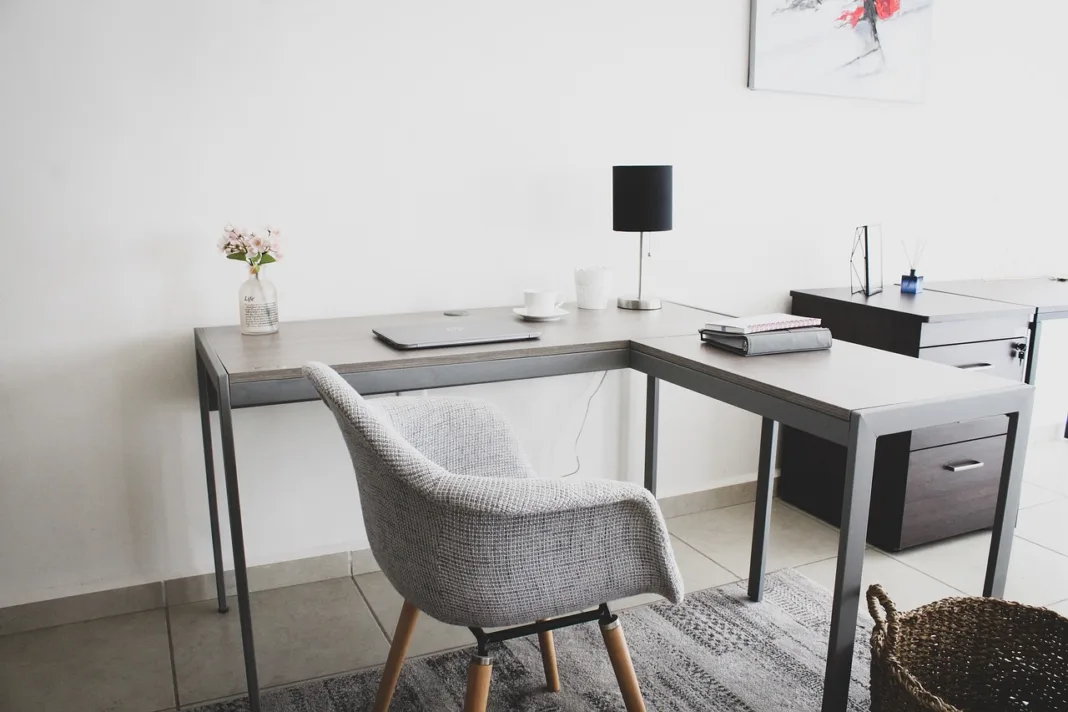In the realm of modern office culture, where efficiency and productivity are paramount, the design of office furniture plays a pivotal role in shaping the work environment. Among these pieces, the office table stands out as a fundamental element that directly impacts the well-being and performance of employees. Over the years, the evolution of office table design has been driven by two key principles: ergonomics and aesthetics.
Ergonomics, the science of designing products to optimize human well-being and performance, has revolutionized office table design by prioritizing comfort, functionality, and health. Gone are the days of rigid, one-size-fits-all tables that cause discomfort and strain. Instead, contemporary office tables are meticulously crafted to accommodate the diverse needs and preferences of users.
One of the most significant innovations in ergonomic office table design is adjustability. Height-adjustable tables have gained popularity as they allow users to customize the height according to their individual comfort and ergonomic requirements. This feature not only promotes proper posture but also reduces the risk of musculoskeletal disorders such as back pain and neck strain. Moreover, adjustable tables cater to the growing trend of flexible workspaces, where employees have the freedom to alternate between sitting and standing positions throughout the day, enhancing circulation and energy levels.
In addition to adjustability, ergonomic office tables integrate various features to enhance user comfort and productivity. These include built-in cable management systems to keep wires organized and out of sight, integrated power outlets and USB ports for seamless connectivity, and ergonomic accessories such as monitor arms and keyboard trays that promote a more natural posture while working. Furthermore, materials and finishes are carefully chosen to minimize glare, reduce eye strain, and create a conducive work environment.
While ergonomics focuses on functionality and user well-being, aesthetics play an equally crucial role in office table design, influencing the overall ambiance and visual appeal of the workspace. A well-designed office table not only enhances the aesthetic appeal of the office but also reflects the brand identity and values of the organization.
In recent years, there has been a growing emphasis on minimalist and contemporary designs in office furniture, characterized by clean lines, sleek finishes, and understated elegance. This shift towards modern aesthetics is driven by the desire to create visually appealing workspaces that inspire creativity and foster a sense of professionalism.
Moreover, the use of premium materials such as solid wood, glass, and metal adds a touch of sophistication to office table design, elevating the overall aesthetic experience. From minimalist Scandinavian-inspired designs to industrial-chic styles, there is a diverse range of options available to cater to different tastes and preferences.
Another emerging trend in office table design is the integration of biophilic elements, which seek to reconnect occupants with nature by incorporating natural materials, textures, and colors into the built environment. Biophilic design has been shown to reduce stress, boost productivity, and enhance overall well-being, making it an increasingly popular choice for office interiors.
Furthermore, customizable options allow organizations to tailor office tables to their specific design requirements, whether it’s incorporating brand colors, logos, or unique design elements. This personalization not only creates a cohesive look but also fosters a sense of ownership and belonging among employees.
In conclusion, the evolution of office table design through ergonomics and aesthetics has transformed the way we perceive and interact with our work environment. By prioritizing user comfort, health, and productivity, ergonomic office tables have become indispensable tools for modern workplaces. Meanwhile, the integration of contemporary aesthetics and design trends has elevated office furniture from mere functional pieces to statement-making elements that enhance the overall ambiance and reflect the identity of the organization. As we continue to strive for balance between form and function, the future of office table design holds endless possibilities for innovation and creativity.
Stay in touch to get more updates & news on Gossips!




